Exploring Die-Cast Prototyping Methods: Six Effective Strategies
Author: SAIVS Date Published: Oct 13,2025
Die Casting is a manufacturing process used to create metal parts with high precision and excellent surface finish.
When it comes to prototyping for die-cast parts, several strategies can be employed to ensure the design and functionality are just right.
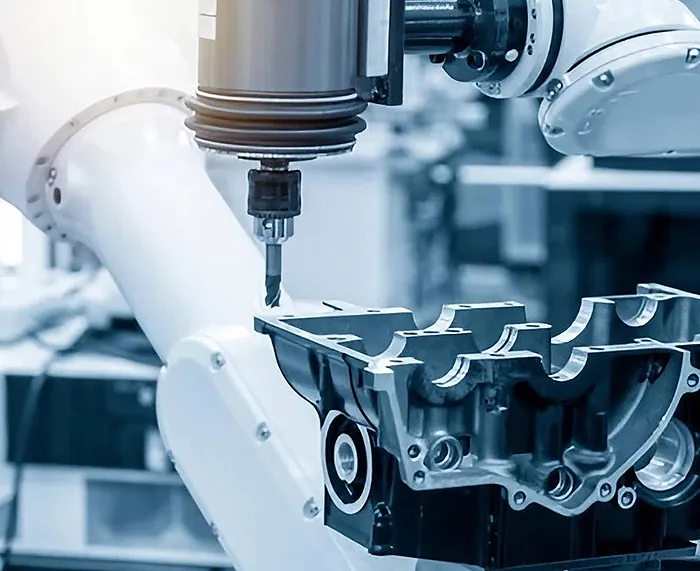
Here are six die cast prototyping strategies:
1.3D Printing: 3D printing, also known as additive manufacturing, has gained popularity in die cast prototyping.
It involves building prototypes layer by layer using a digital model. While 3D printing may not provide the same
level of strength and accuracy as traditional die casting, it offers flexibility in design iterations and rapid production of prototypes.
2. CNC machining: Computer Numerical Control (CNC) machining is a subtractive manufacturing process used in die cast prototyping.
It involves removing material from a solid block to create the desired prototype shape.
CNC machining offers high precision and allows for the production of complex geometries.
3.Machining from Similar Castings:
This machining process involves creating prototypes from castings that have a similar shape and size to the desired end product.
For prototypes of small parts, it is possible to machine them from heavier sections of a larger casting.
Machining from similar castings is a practical option for producing gears, screw-machined parts, and other items.
This method is particularly beneficial when substantial prototype quantities are needed
and when access to automatic processes and required materials is available.
Investment casting, also known as lost-wax casting, can be used to prototype complex and intricate parts.
It's especially useful when die casting might not be the best production method.
5.Rapid Prototyping (RP):
Rapid prototyping involves several methods, including stereolithography, fused deposition modeling (FDM), and laser sintering.
Depending on the prototype's geometry, utilizing these processes for die cast parts can
yield initial outputs in as little as 5 to 8 weeks. These methods utilize a stereolithography
model to create H-13 steel dies under pressure, deviating from the gravity-fed Die Casting Process.
One advantage of rapid prototyping is that the alloys and thermal and physical properties used closely
resemble those in the production run. This allows for precise and thorough product analysis before
investing in the complex and costly die casting dies. As a result, rapid prototyping is often the preferred choice
when manufacturing a significant number of units while production dies are being fabricated.
However, rapid prototyping may not be suitable for projects requiring tall standing or thin detailed components.
It is also not ideal for applications that necessitate cast-in water lines.
Gravity casting is a widely chosen method for producing die cast prototypes, especially when dealing with smaller quantities of products.
Compared to other strategies, it offers a more cost-effective solution and requires less lead time.
Gravity casting encompasses various techniques such as plaster molding and investment casting.
While gravity casting is known for its affordability, there are certain drawbacks to consider when selecting a prototyping strategy.
Gravity castings typically have lower porosity, resulting in superior fatigue strength compared to other casting methods.
Die casting can produce prototypes with accurate dimensions, but additional machining may be
required to achieve precise and thorough dimensions. Moreover, die casting is better suited for achieving
extremely thin wall widths, while gravity casting is capable of producing walls with greater widths.
Why Choose SAIVS™ as Your Supplier?
1.Superb Quality Control Management
At SAIVS, we take pride in our perfect quality management systems and procedures, which guarantees the excellent performance of all our producs, being a professional Investment Casting | Die Casting| Sand Castingmanufacturer in China.
2.Rich Production Experience
With 20 years of experience in production, SAIVS has a deep understanding of the market and trends, and strives for continuous research and innovation. This has created advantages in both the product's performance and appearance.
3.Competitive Prices
As a Chinese factory committed to becoming the most cost-effective Investment Casting | Die Casting| Sand Castingexporter in China, SAIVS provides high-quality products at advantageous prices. By lowering costs and increasing efficiency, we ensure that our customers receive the best possible value for their investment.
4.Perfect After-sales Service
At SAIVS, we strive to provide superior customer service that meets and exceeds expectations. We are always available for any questions or concerns you may have, and we stand by our commitment to providing excellent after-sales support.
Related Posts
-
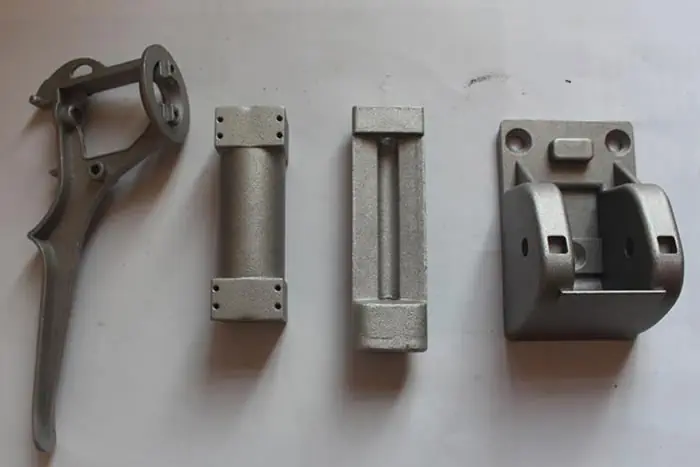
Integrating CT and CAE Technologies in Die Casting for Smarter Quality Control
Digital Transformation of Die Casting: Intelligent Manufacturing and Real-Time Quality ControlDie casting has evolved into a highly digitalized and automat
-
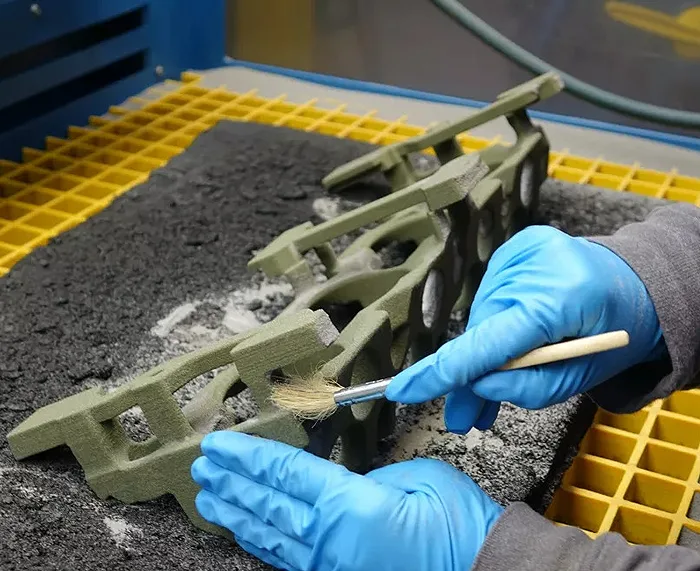
Sand Casting Using 3D Printing Technology
Sand casting has been a widely used method for manufacturing complex metal parts for centuries.However, with the advent of 3D printing technology, sand casting ...
-
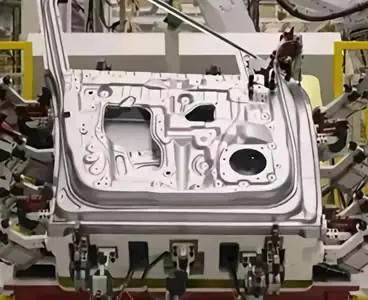
Forging and stamping: the current status of automobile stamping technology
The modern automotive industry demands ever-increasing production scale, multi-model compatibility, and large, integrated body panels. Traditional rigid, s
-
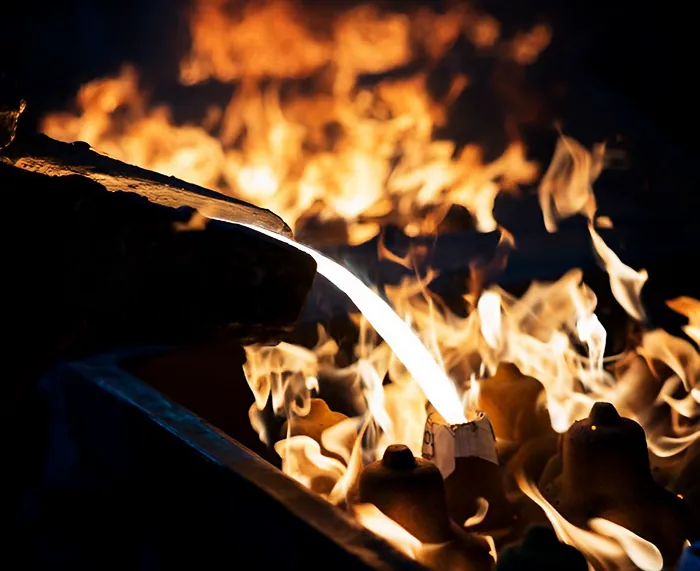
The Timeless Technique of Sand Casting: Past, Present, and Future
This article delves into the fundamentals of sand casting, its historical significance, technological advancements, material applications, and its future in hig...
-
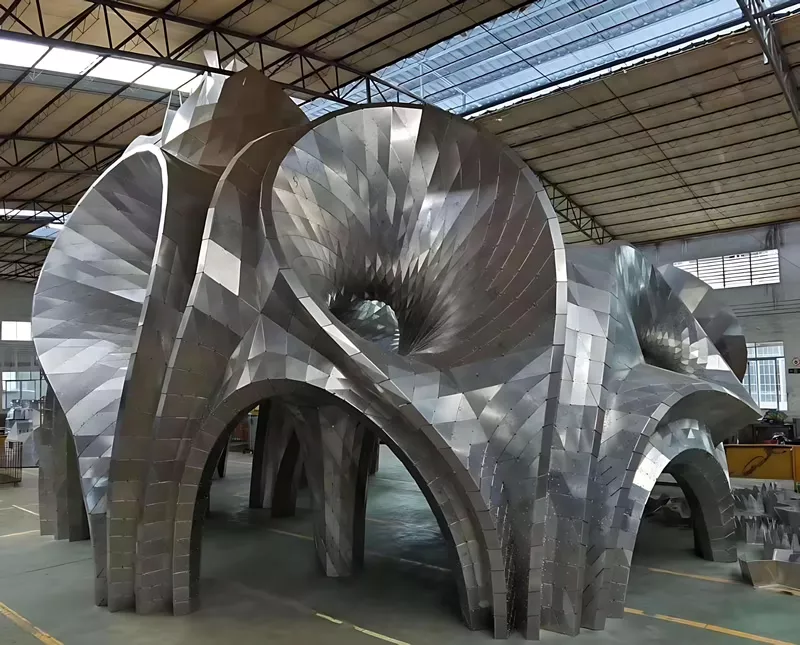
The Importance of Quality Inspection in Large Stainless Steel Casting
The precision casting industry is rapidly evolving, leading to variations in product quality. This inconsistency necessitates rigorous quality inspections,
-
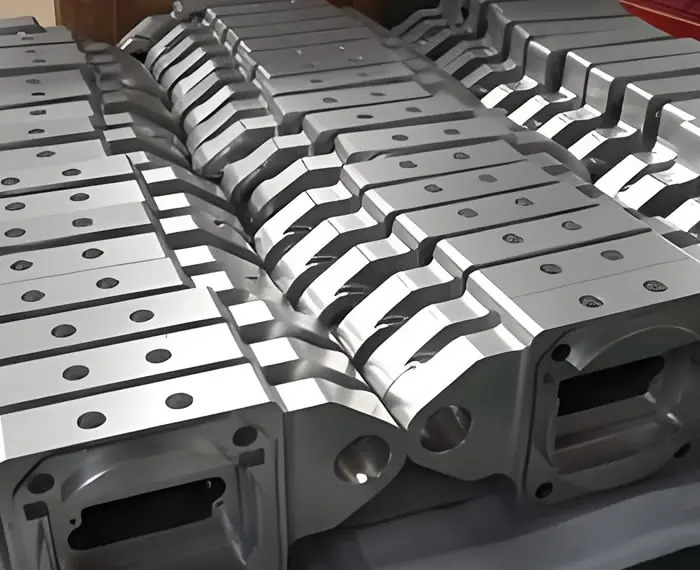
CNC vs. Rapid Prototyping: Which Machining Process is Right for You?
CNC vs. Rapid Prototyping: Choosing the Best Machining Process for Your NeedsIn the fast-evolving world of manufacturing, choosing the right machining proc

